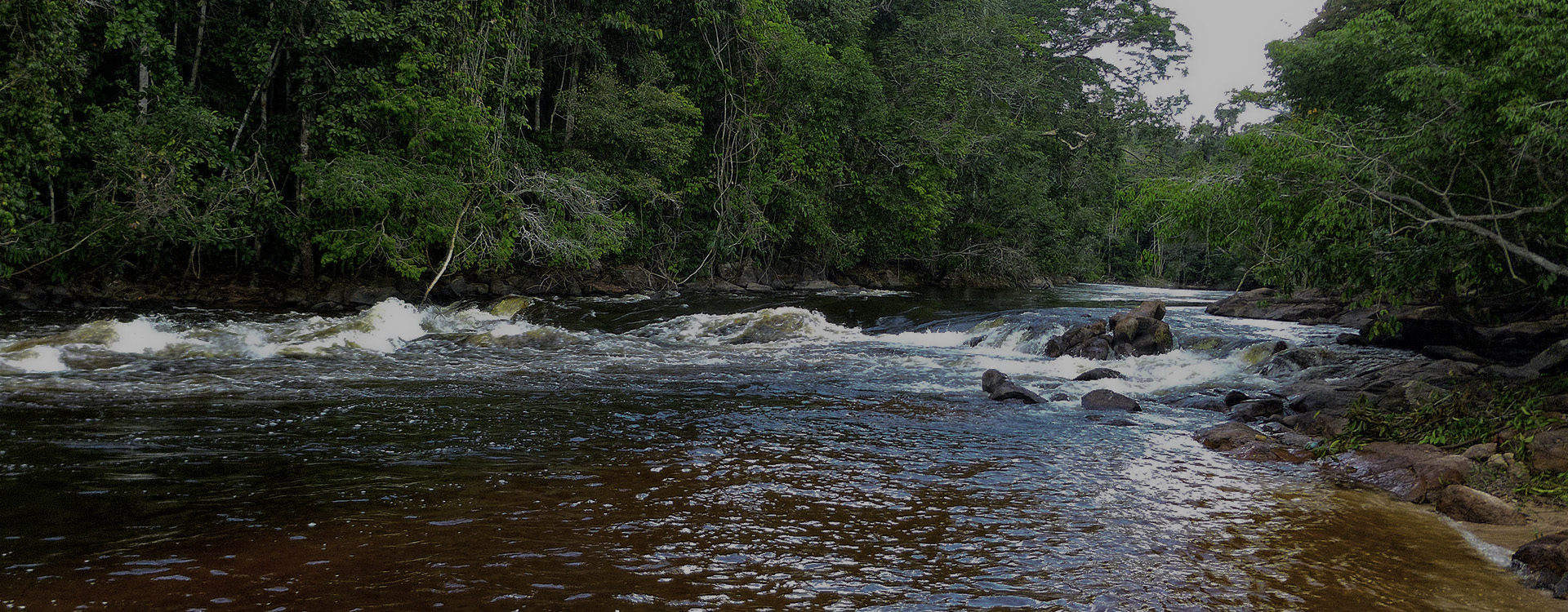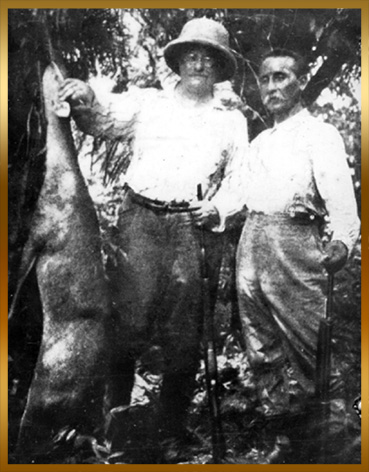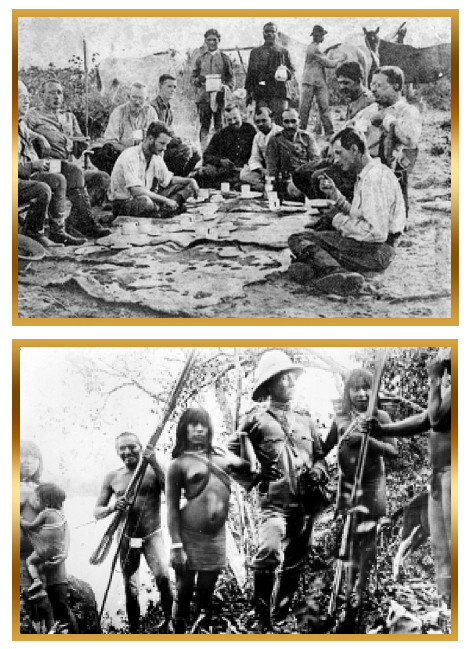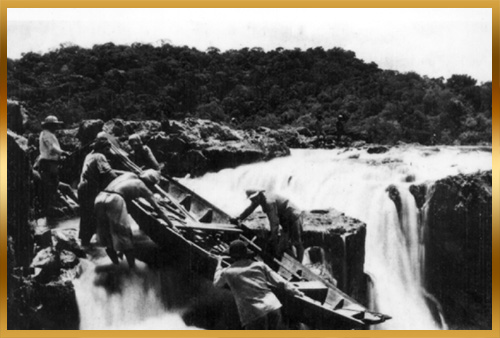
THE RIVER OF DOUBT
1913-1914
Roosevelt Scientific Expedition – Rondon

"It iscertainly a company of this kind, in which we find ourselves committed,
without first being familiar with the idea of the dangers to be
offered and the numerous occasions when it will have to face death."
Cândido Mariano da Silva Rondon
THeodore Roosevelt (1859-1919), after being defeated in the 1912 election, while trying for his third term as President of the United States, in 1913 accepted invitations from Argentina, Brazil and Chile to hold conferences. In order to better enjoy this trip to the little-known South America, he presented to the American Museum of Natural History of New York a project to obtain specimens of the Brazilian fauna. For this it intended to reach the valley of the Amazon River, exploring the unexplored Brazilian sertão. The American museum, in addition to approving the project, offered Roosevelt the participation in the expedition of two renowned naturalists: George K. Cherrie and Leo E. Miller.
The Brazilian ambassador to the United States, Domício da Gama, and our Foreign Minister, Lauro Muller, upon learning of Roosevelt's intention and predicting the great international repercussion of this trip, saw in it a great opportunity for our country to become better known abroad, because the former president was a world personality and holder of the Nobel Peace Prize. As a way for Brazil to participate in this event, they offered, on behalf of the government, Colonel Rondon to accompany the expedition and logistical help for the transport of up to 5 tons of luggage.


Rondon, who commanded the Commission construction of strategic telegraph lines from Cuiabá to Santo Antônio do Madeira (1907-1915), on October 4, 1913, was inside the Amazon Forest, in the telegraph post of Barão do Melgaço, when he received telegrams from the Ministers of War, Viação and Exterior informing him of the new mission. At first, claiming not to be a tour guide, Rondon turned down the task. But convinced of the importance of the mission by his friend and former colleague of the Military School of Praia Vermelha, Minister Lauro Muller agreed and even gave up the gratification that had been offered to participate in the expedition, claiming that, as a military, he was already receiving the army colonel's license. However, true to the principles of Positivism, he warned that he would only participate on the condition that the expedition had an exclusively scientific character, with studies of Natural History and Geography, and was not a mere trip for hunting. To leave no doubt as to his purposes, Rondon prepared five itinerary alternatives, all with a high degree of difficulty, for Roosevelt to choose one.
Roosevelt, contrary to the concern for security, externalized by the Brazilian and American governments and even by the director of the American Museum of Natural History in New York, chose the itinerary that presented itself as the most dangerous: the exploration of the River of Doubt.It was a mysterious river, which was not yet on the maps of our country, because only its source was known, but its course was unknown and where it was flowing.
Thus was created the Roosevelt-Rondon Scientific Expedition that, from December 12, 1913 to May 7, 1914, crossed the then unknown interior of Brazil – from the south of the current state of Mato Grosso do Sul, where he began, passing through Mato Grosso, Rondônia and Amazonas, ending in Belém, where Roosevelt, still recovering from the injuries and efforts spent on the expedition, boarded the dunstan ship back to the United States. And Rondon, returned to the Telegraph Station of Barão do Melgaço, in the interior of the Amazon Forest, to continue the work of implementing the telegraph lines.
Fhi an unprecedented adventure in our history. Rondon, Roosevelt and his companions went through all kinds of adversities: hunger; thirst; cold of icy nights; heat of days with scorching sun; tropical storms that flooded the camps, rotted their boots and clothes; Indian attacks;clouds of voracious mosquitoes; venomous animals and insects; canoe shipwrecks with loss of supplies and guidance instruments in the jungle; diseases such as yellow fever and malaria; accidents with deaths and even murder of an expeditionary.
But, at the end of all this enormous sacrifice, they put on the map of Brazil a river previously totally unknown, because what was the River of Doubt, became the Roosevelt River, an important river route, about 1500 km long, which is born in the municipality of Vilhena, Rondônia, and flows into the Madeira River, in the state of Amazonas.


Roosevelt Scientific
Expedition – Rondon
